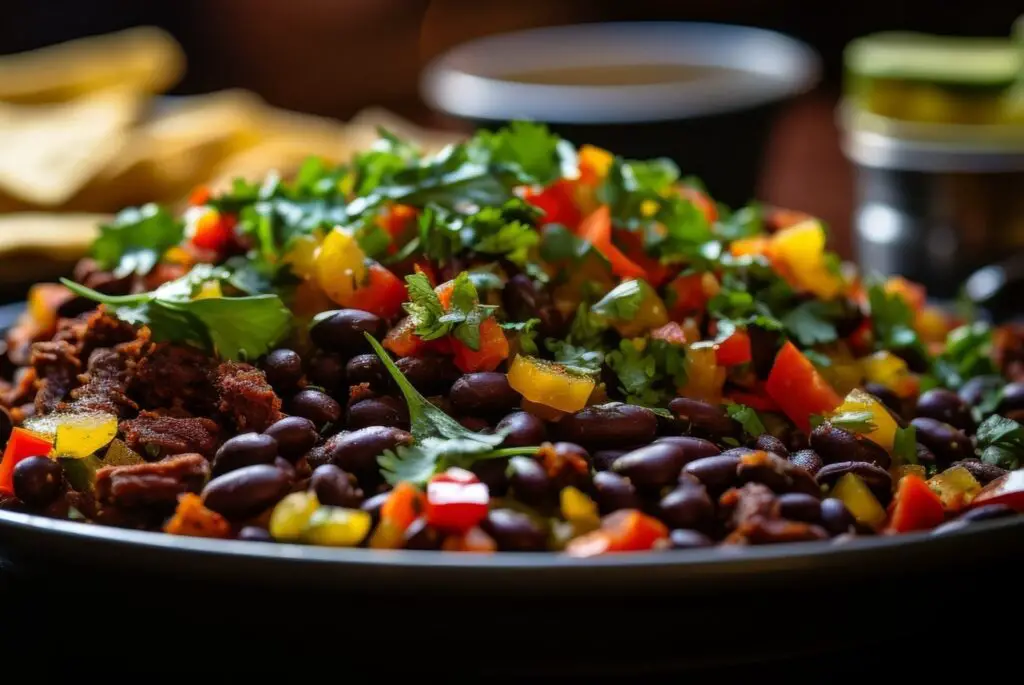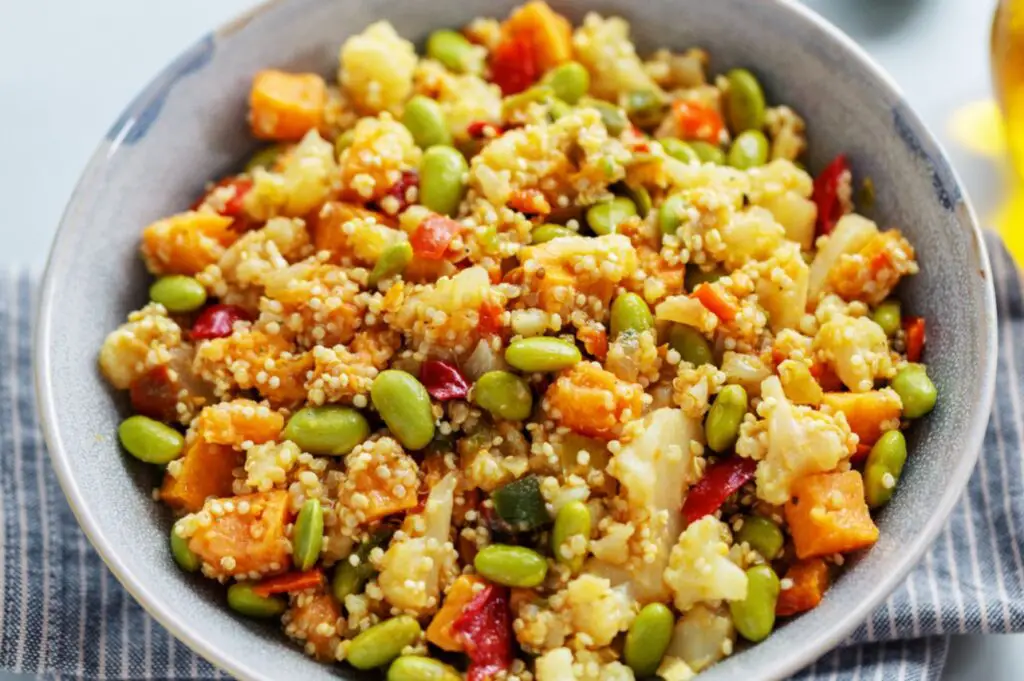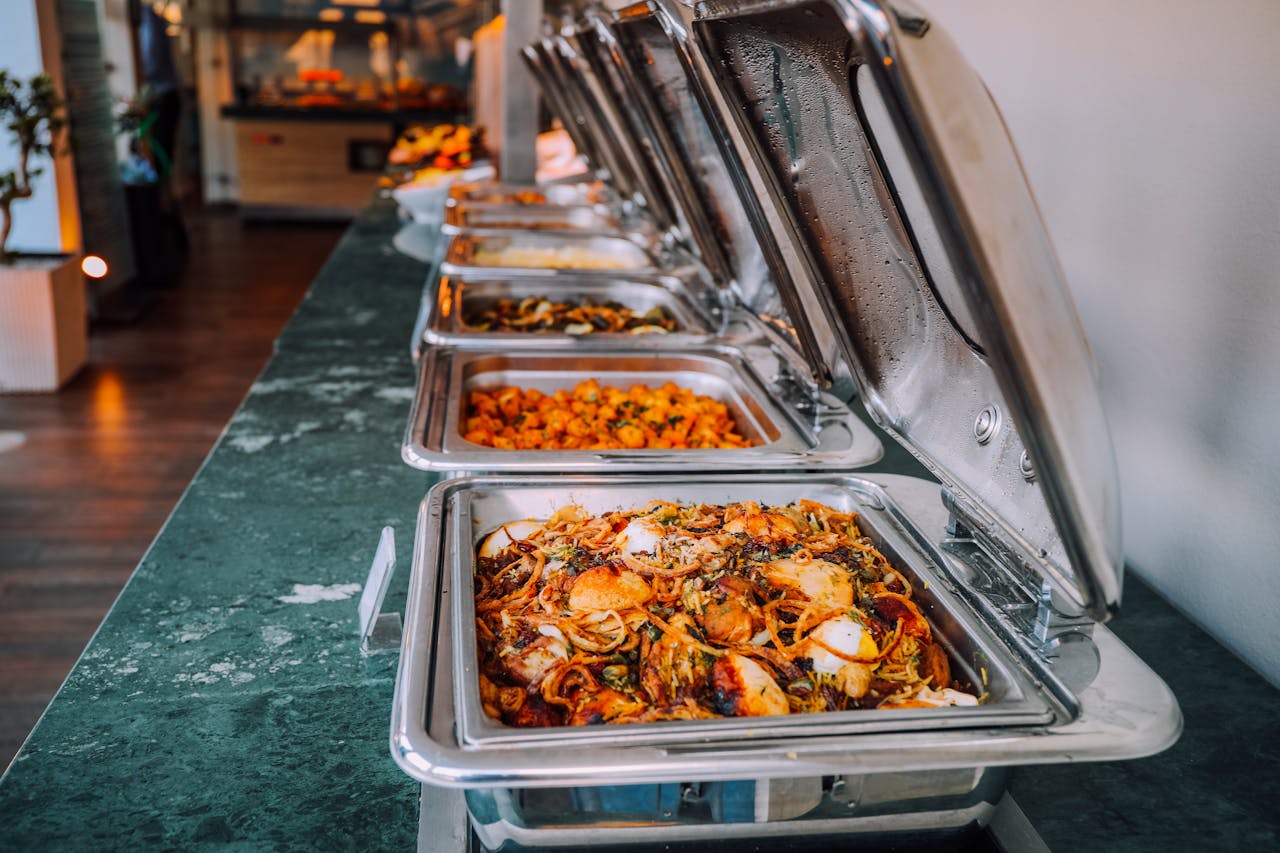Eating Well Without Overspending: 10 Budget-Friendly Meals Perfect for Boomers

Let’s be honest—grocery prices are not what they used to be. If you’ve found yourself staring at your receipt wondering how you only bought enough food for a few days, you’re not alone. For Baby Boomers trying to eat healthy without overspending, the challenge is real—but the solution doesn’t have to be complicated.
Whether you’re retired, semi-retired, or just looking to be more intentional with your spending, mealtime is one area where small changes can yield big results. With just a little planning and creativity, you can whip up meals that are affordable, nutritious, and downright delicious. These ten meals are all budget-conscious, full of flavor, and easy to prepare at home—no fancy chef skills required.
Ready to eat well without emptying your wallet? Let’s dig into these 10 affordable meals perfect for Boomers.
1. Citrus Salmon with Sweet Potato and Steamed Broccoli

This meal proves you don’t need a five-star restaurant to enjoy a heart-healthy dinner. Rich in omega-3 fatty acids, salmon is excellent for supporting brain and heart health—two things that matter more as we age. Buying frozen fillets or canned wild salmon keeps the cost manageable. Roasting sweet potatoes alongside adds fiber and natural sweetness, while steamed broccoli brings antioxidants to the plate. A light drizzle of lemon juice or orange zest ties it all together. It’s a simple, satisfying dinner that feels like a treat but is easy enough for any night of the week.
2. Black Bean Fajita Skillet Over Greens

Quick, colorful, and customizable, this skillet meal is ideal for one-pan cooking. Using canned black beans, frozen peppers and onions, and a few spices, you can whip up a fajita-style dish in under 15 minutes. Serve it hot over a bed of leafy greens for a low-carb twist or tuck it into a whole-wheat tortilla if you want something heartier. Black beans are rich in protein and fiber, keeping you full without weighing you down. This is a go-to meal when you want something nourishing and fast—no takeout menu required.
3. Tuna Veggie Casserole

This dish brings back warm memories of casseroles from childhood, but with a modern, health-conscious upgrade. It’s still comfort food, just a little lighter. Use whole-wheat pasta for added fiber, mix in canned tuna for protein, and toss in frozen peas or green beans for color and vitamins. Make a quick sauce using low-fat milk and a sprinkle of shredded cheese, then top it with crushed whole-grain crackers for that signature crunch. It’s a complete meal in one pan, and best of all, the leftovers taste even better the next day.
4. Sheet-Pan Roast Chicken and Sweet Potatoes with Salad

When it comes to affordability and flavor, chicken thighs or drumsticks are hard to beat. Arrange them on a baking sheet with cubed sweet potatoes, season with olive oil and your favorite herbs, and roast until golden. The sweet potatoes caramelize while the chicken gets crispy skin—what’s not to love? Serve it all with a simple green salad tossed with olive oil and vinegar. This kind of meal feels fancy but comes together with minimal effort and cleanup, making it perfect for relaxed evenings.
5. Egg and Veggie Quiche (“Anything Goes” Style)

Quiche is one of those glorious dishes where you can throw in almost anything and end up with something delicious. Eggs are inexpensive, high in protein, and extremely versatile. Mix them with leftover vegetables, cheese, and herbs, pour into a pie crust (store-bought or homemade), and bake. Going crustless is a lower-carb option and reduces prep time. You can slice it up for breakfast throughout the week or serve it with a side salad for dinner. It’s one of those “cook once, eat twice” meals that makes life easier—and tastier.
6. Red Pepper Soup with Chickpeas

This is a quick-fix meal for when your energy is low but you still want something warm and comforting. Start with store-bought roasted red pepper soup—many brands offer low-sodium versions—then add canned chickpeas and some chopped spinach or kale. The legumes turn the soup into a protein-rich dish, while the greens offer a nutrient boost. It’s a meal that feels fancy with very little effort and costs well under $2 per serving. Pair it with a slice of whole-grain toast or a side of crackers and you’re set.
7. Spicy Salmon Cakes Over Greens

Canned salmon doesn’t get nearly enough credit. It’s a budget-friendly way to get healthy fats and protein, and it works beautifully in salmon cakes. Combine with an egg, breadcrumbs, finely chopped onions, and seasonings like paprika or dill. Form into patties and pan-fry until golden brown. Serve over a bed of greens or with a side of roasted vegetables for a balanced meal. They store well in the fridge and can be frozen for later, making them a smart make-ahead option for busy days.
8. Egg Salad Lettuce Wraps

Sometimes the simplest meals are the most satisfying. Egg salad is a classic that never goes out of style, especially when you keep it light and fresh. Boil a batch of eggs ahead of time, then mash with a bit of mayo, mustard, and chopped celery or herbs. Instead of bread, use large lettuce leaves to create crisp, refreshing wraps. They’re easy on the digestion and low in carbs—perfect for a light lunch or afternoon snack. Best of all, you can make a batch and keep it in the fridge for several days.
9. Brown Rice, Egg, and Veggie Stir-Fry

Here’s a tasty way to use up leftovers and avoid food waste. If you’ve got cooked brown rice in the fridge, a frozen veggie mix in the freezer, and an egg or two, you’re halfway to dinner. Stir-fry the vegetables, scramble in the eggs, and add the rice with a splash of soy sauce or tamari. Season to taste with garlic, pepper, or a little hot sauce if you like spice. This meal costs pennies per serving and can be thrown together in under 20 minutes. It’s one of those back-pocket recipes every Boomer should have.
10. Chickpea and Veggie Couscous

Couscous is one of the fastest-cooking grains out there—just pour boiling water over it and wait five minutes. Add canned chickpeas for protein and mix in thawed frozen vegetables like peas, carrots, or spinach. Finish with olive oil, lemon juice, and herbs like parsley or dill for a Mediterranean flair. This dish is light, filling, and very affordable. It can be eaten warm or chilled and makes an excellent lunch or side dish. Plus, everything comes from the pantry or freezer, so it’s easy to always have the ingredients on hand.
Final Thoughts

Eating well without overspending isn’t just possible—it’s empowering. As a Boomer, you’ve probably weathered a few economic storms and learned how to stretch a dollar. These meals are more than just recipes—they’re a way to take control of your health and your budget, without giving up the joy of a good meal.
Whether you’re cooking for one, sharing meals with a partner, or prepping for a busy week, these ten dishes offer variety, nutrition, and comfort. They reflect a lifetime of smart choices, resourcefulness, and knowing what truly matters: good food, good health, and feeling good about how you live.
So, grab that grocery list, skip the overpriced frozen dinners, and get back to basics with meals that make sense—for your body, your taste buds, and your budget.
















































































































